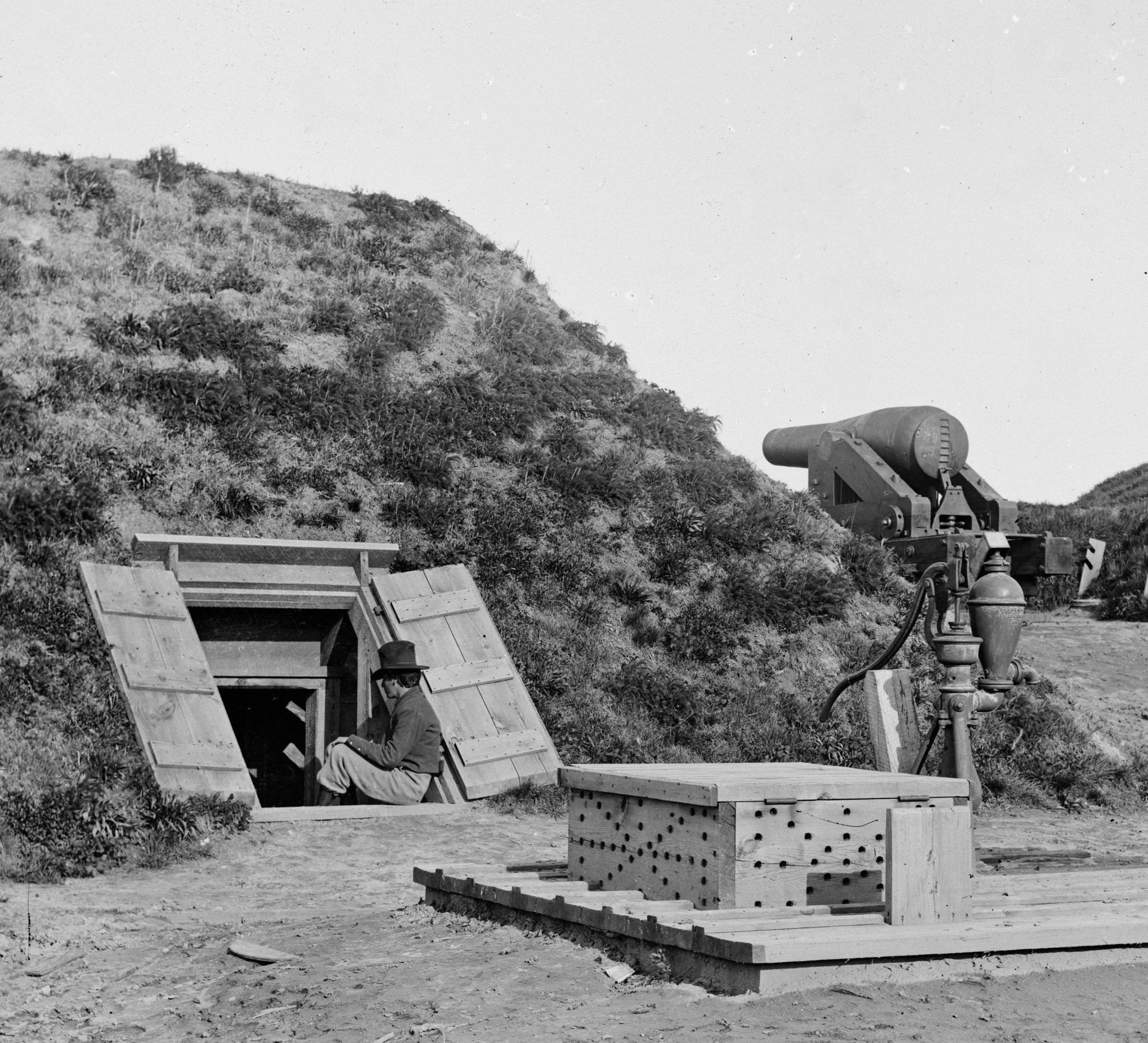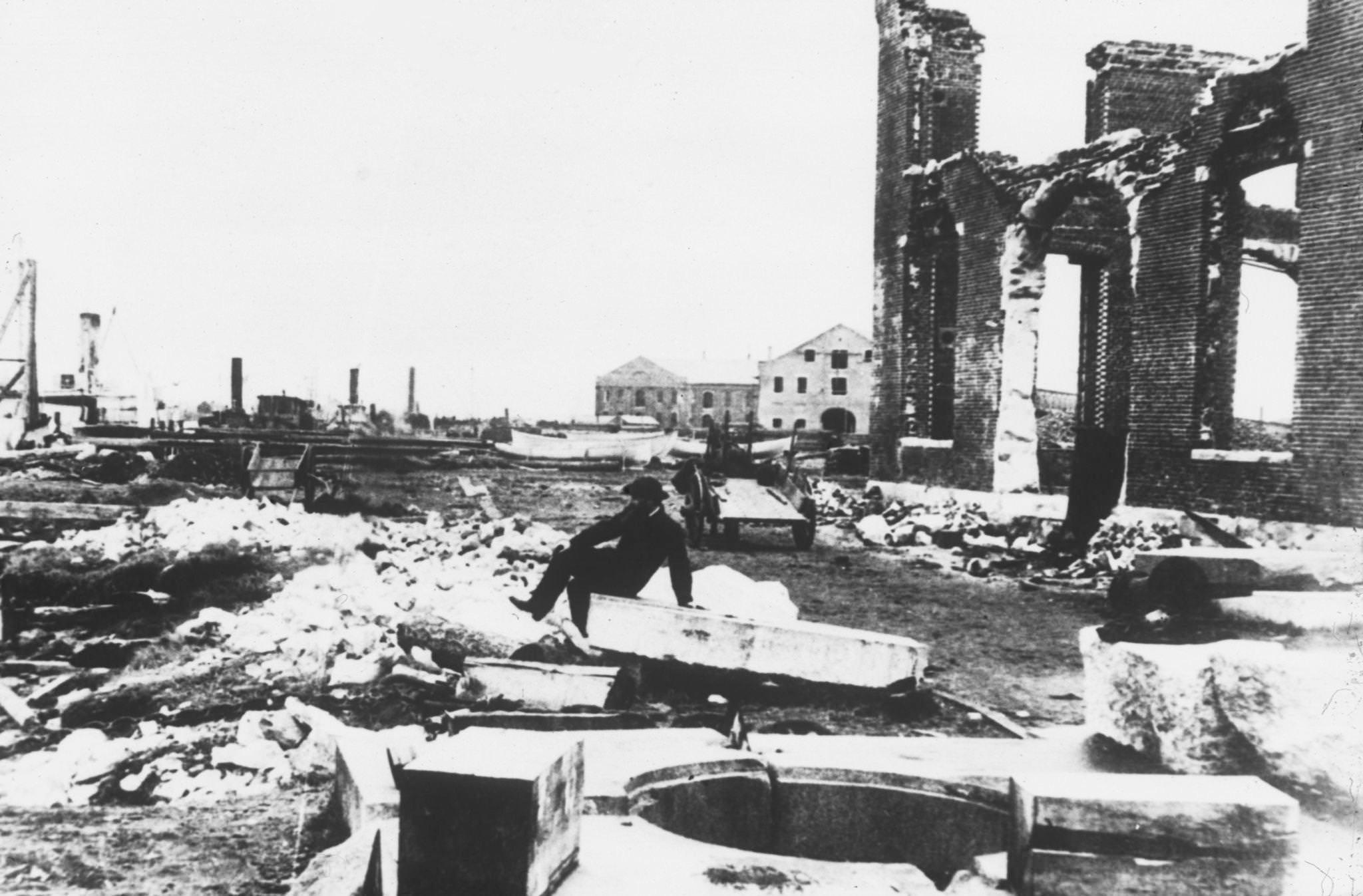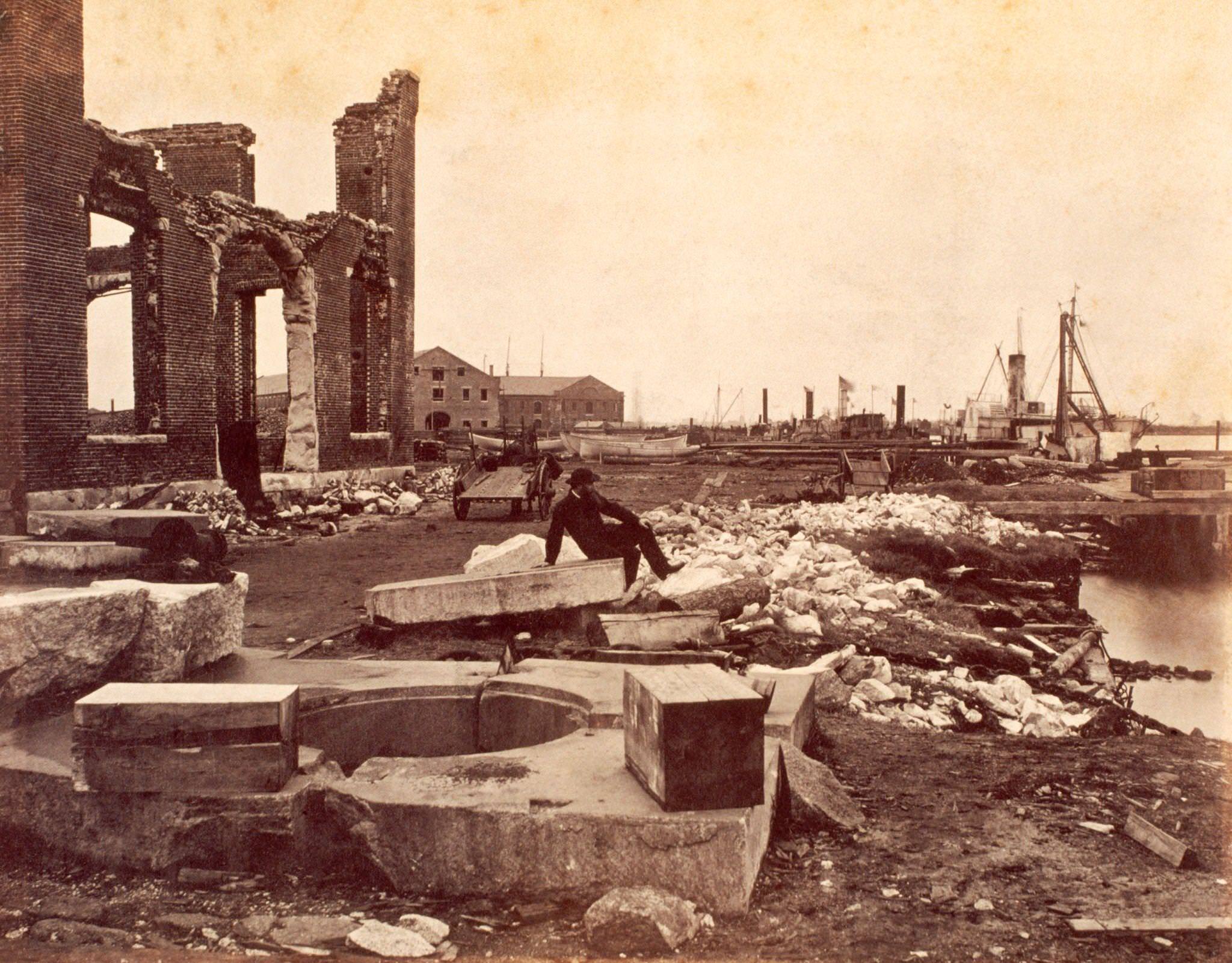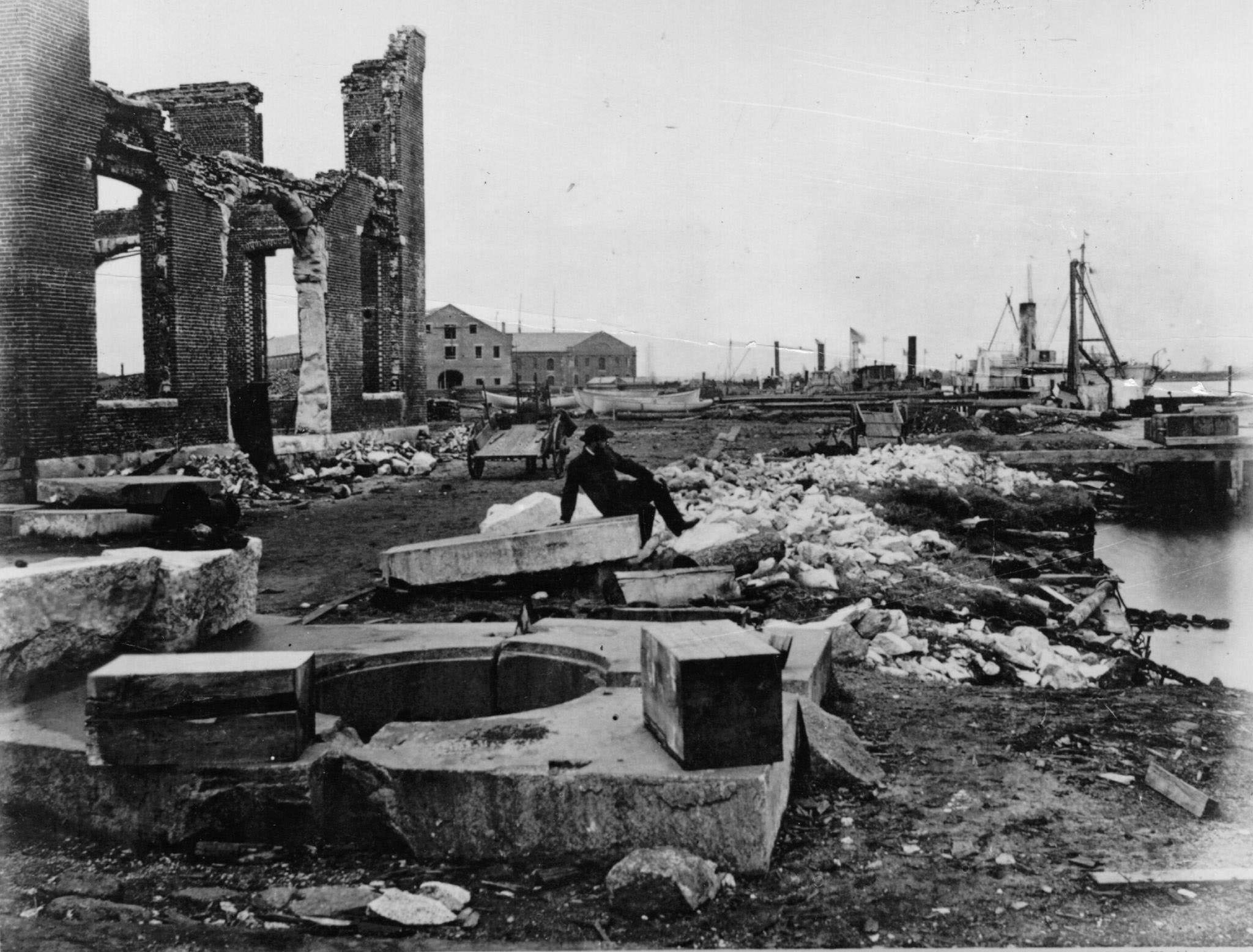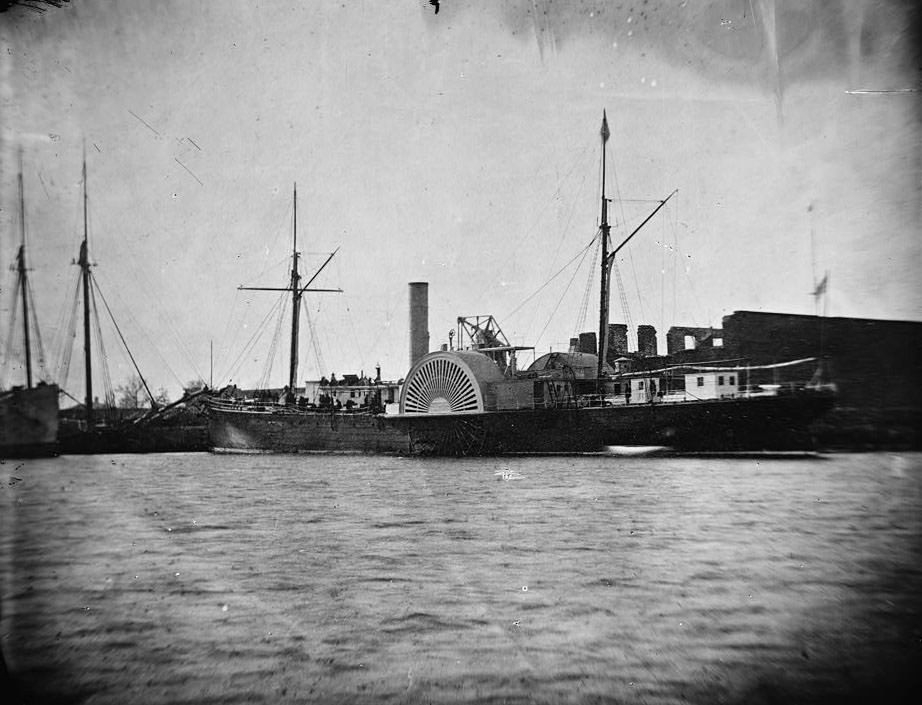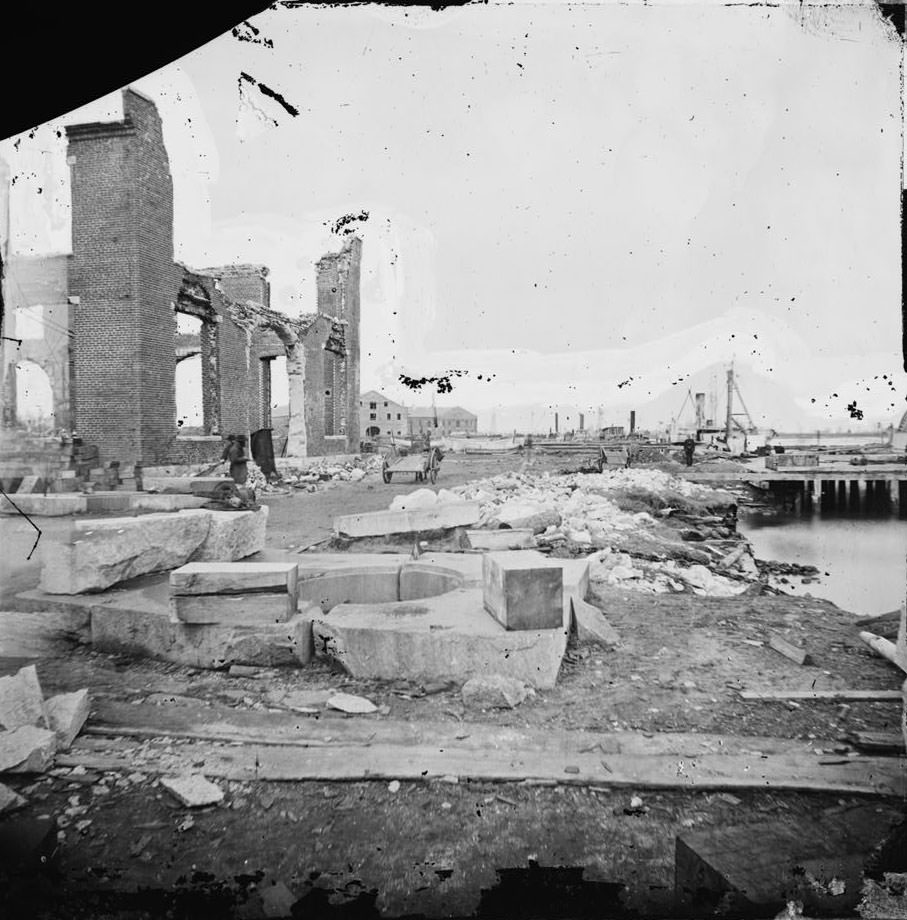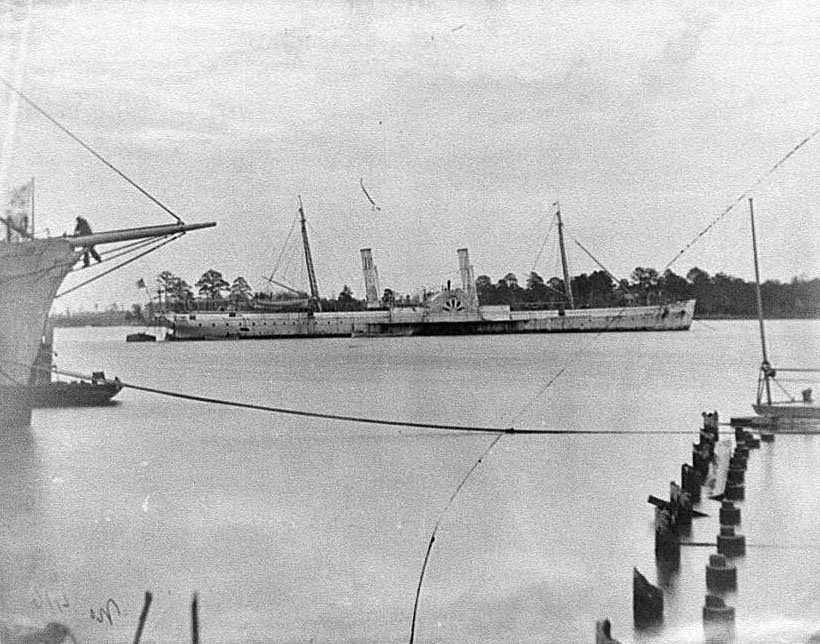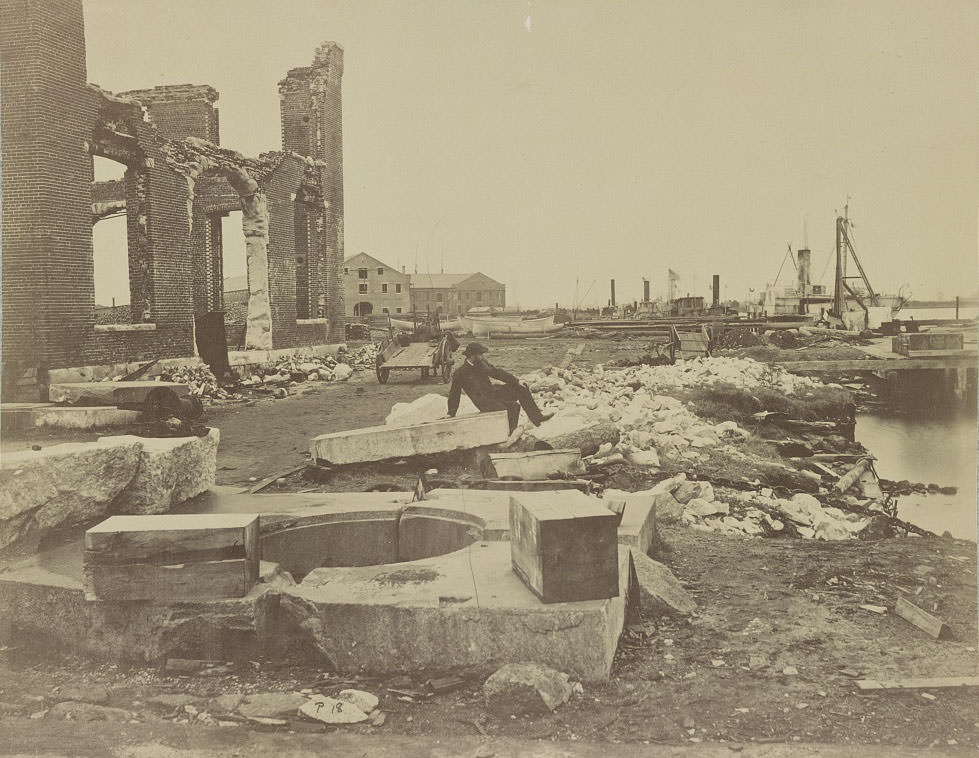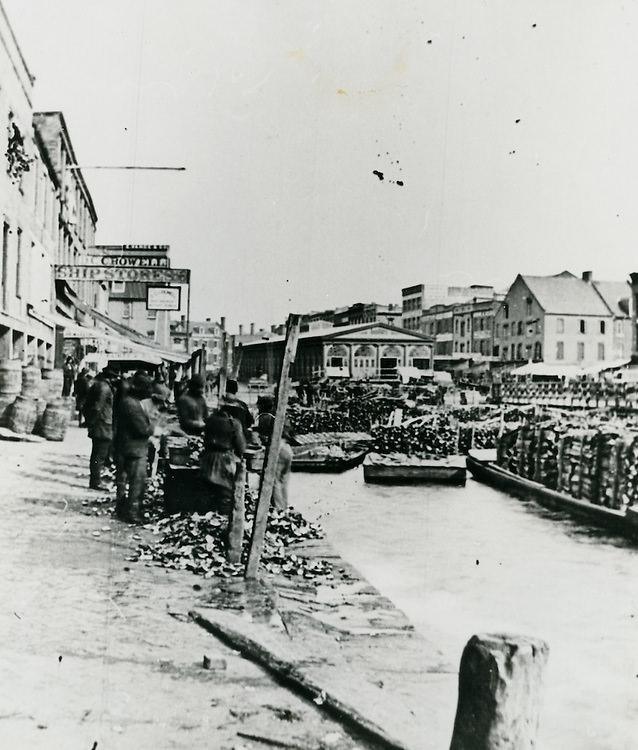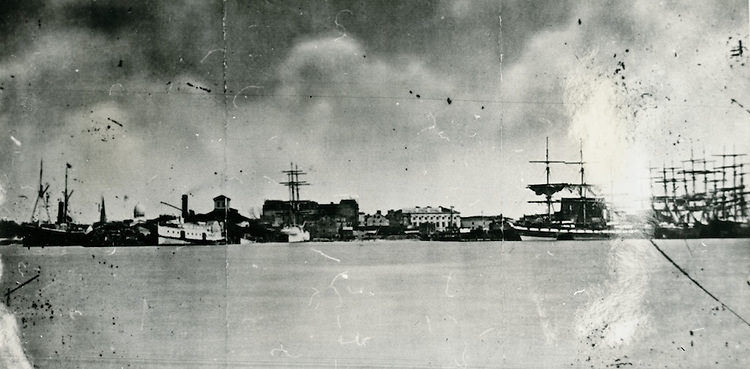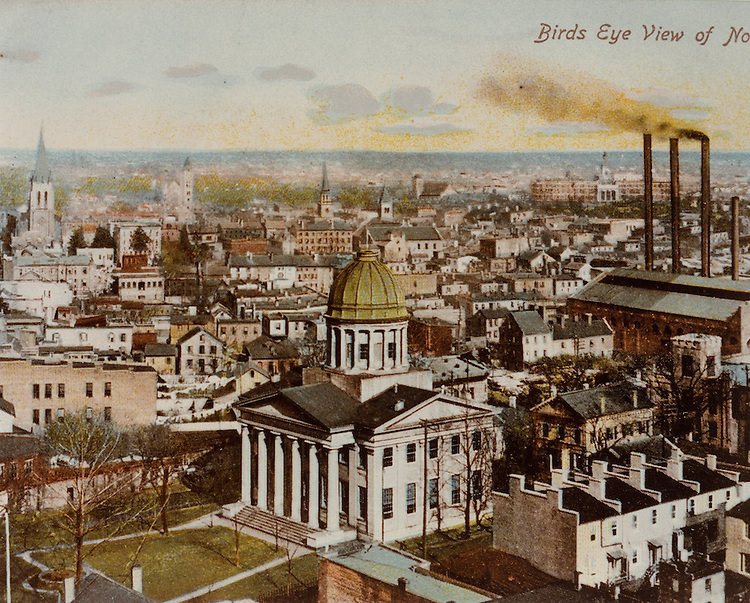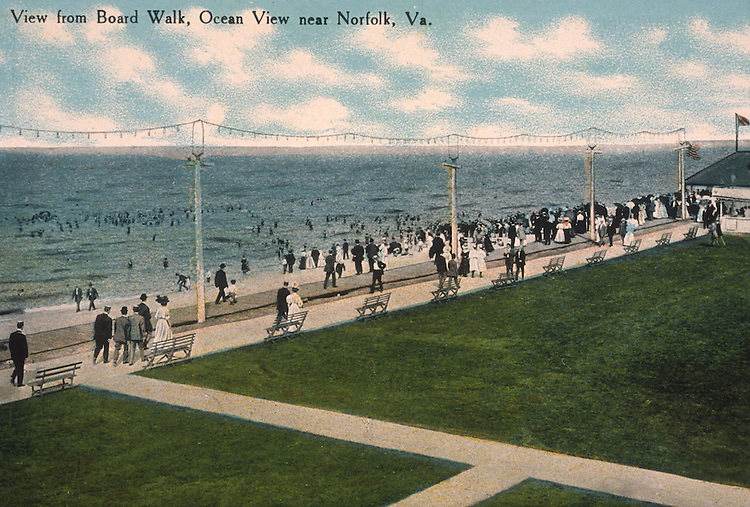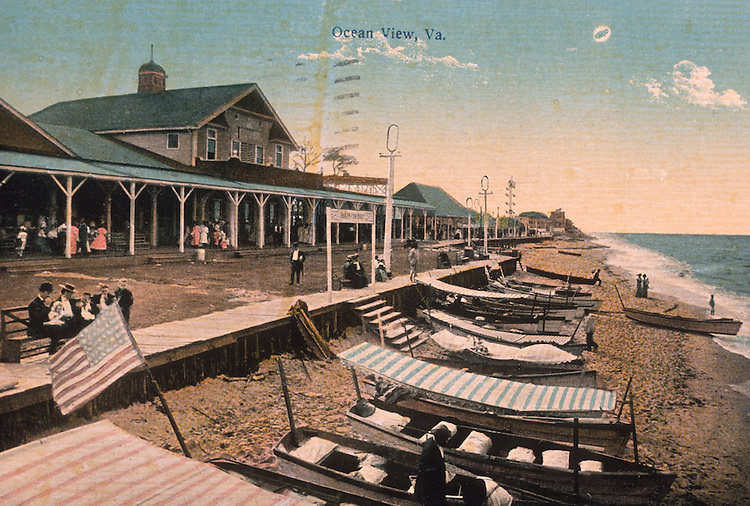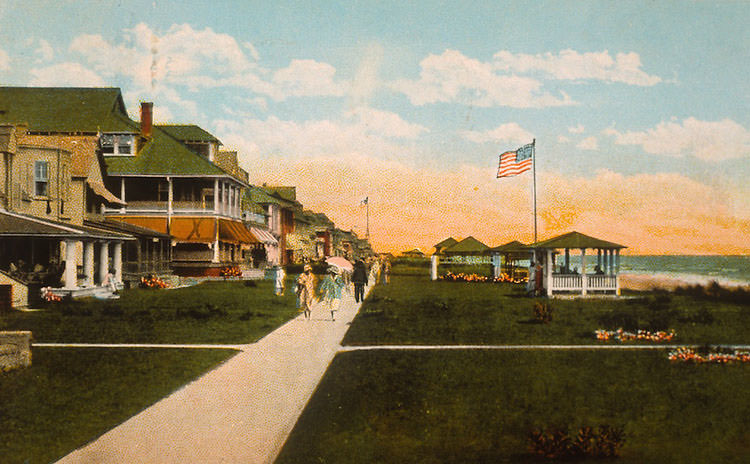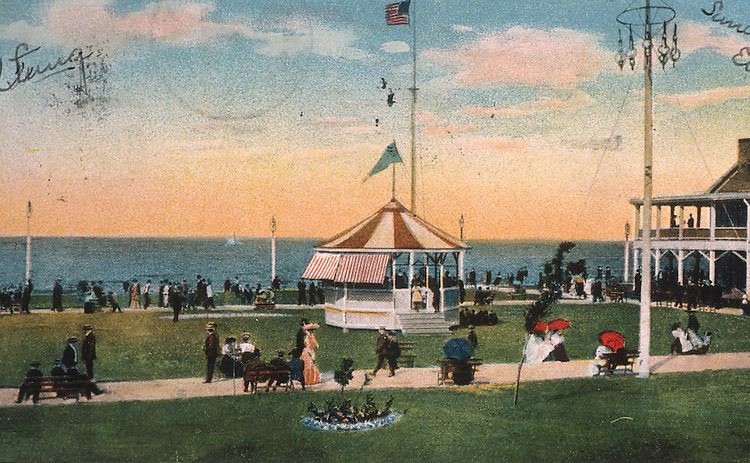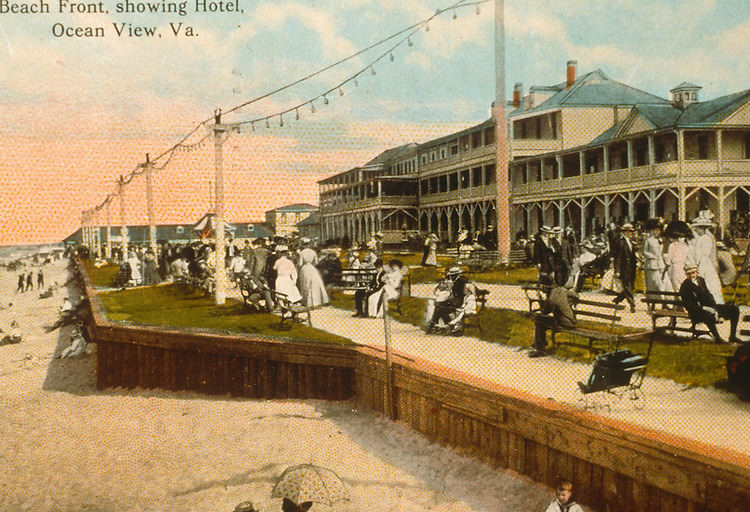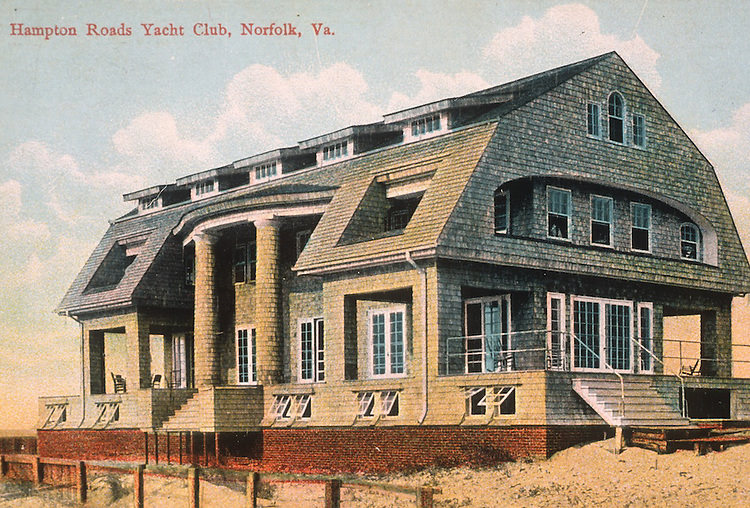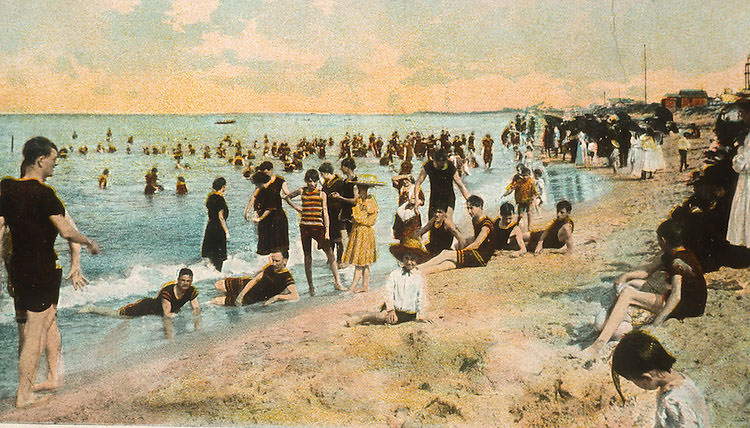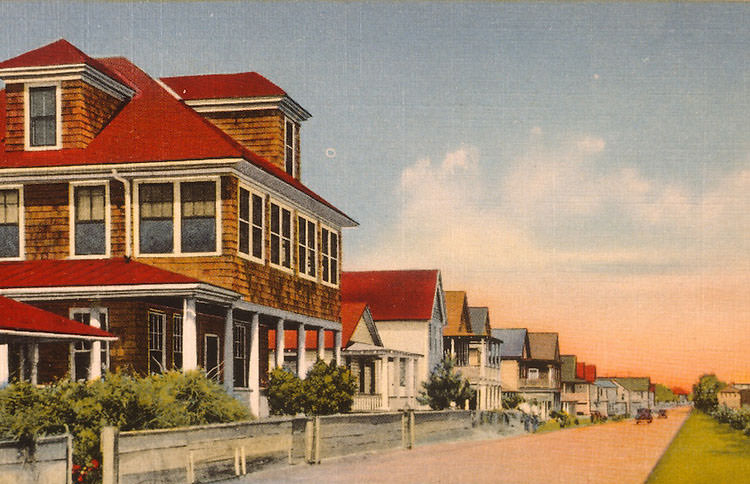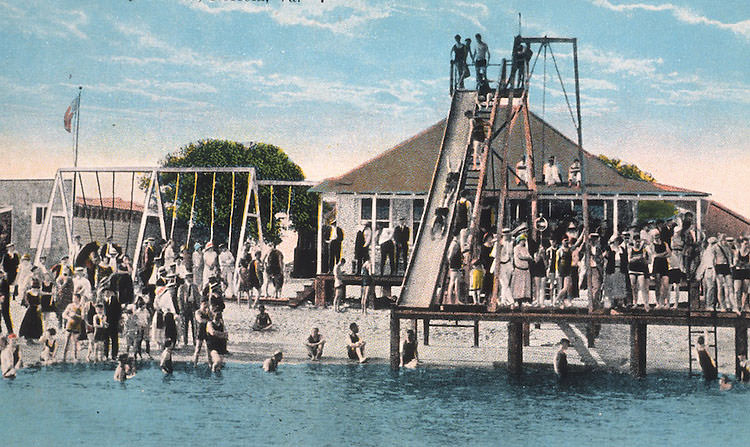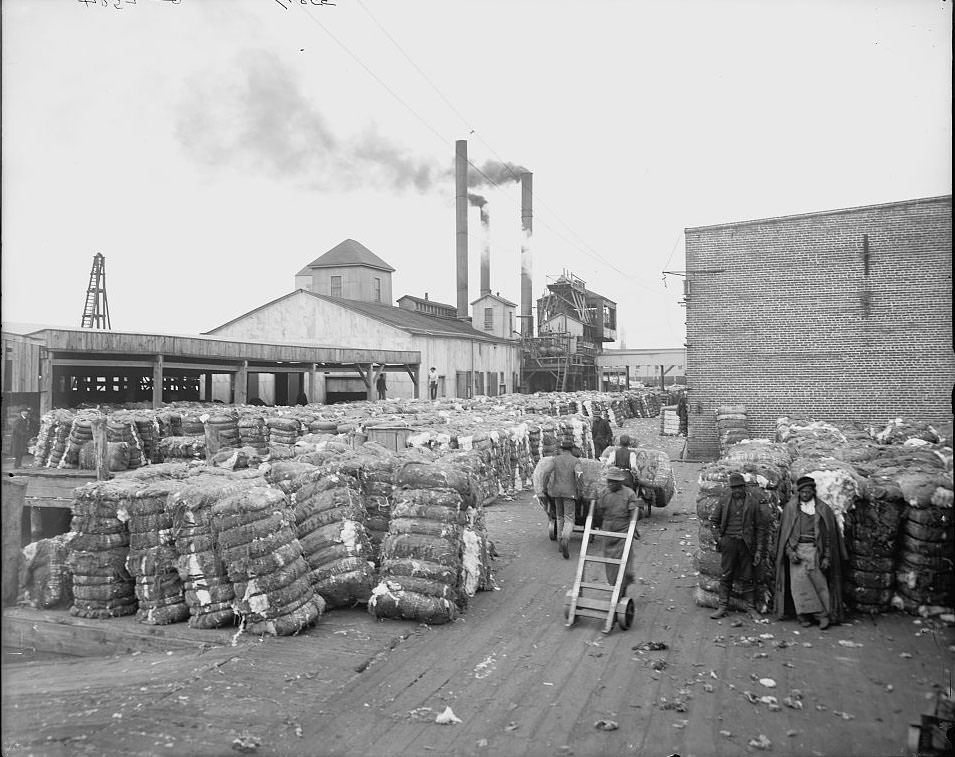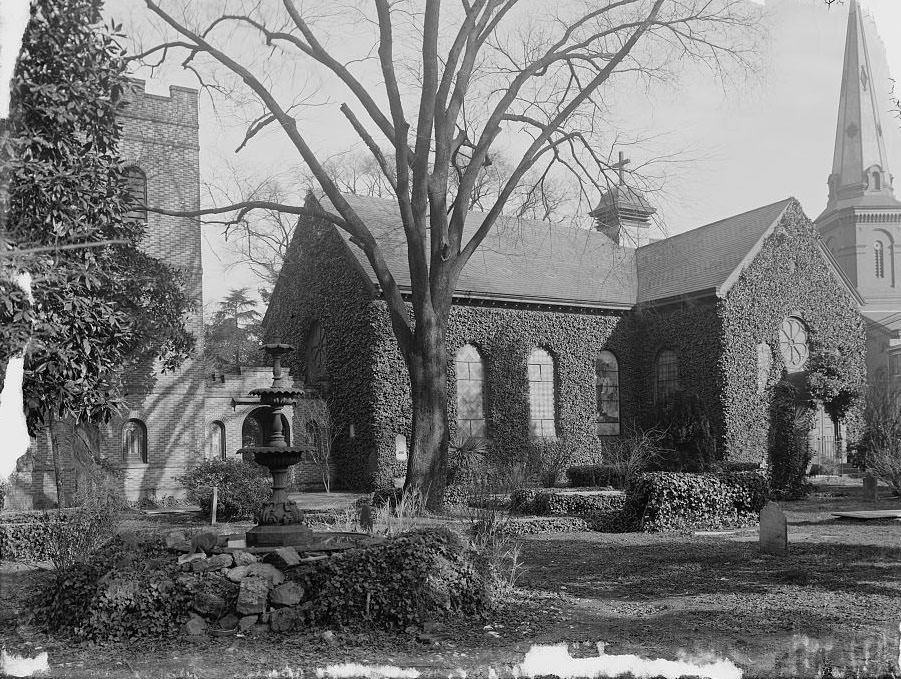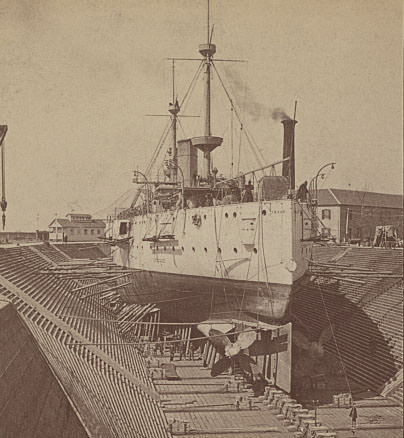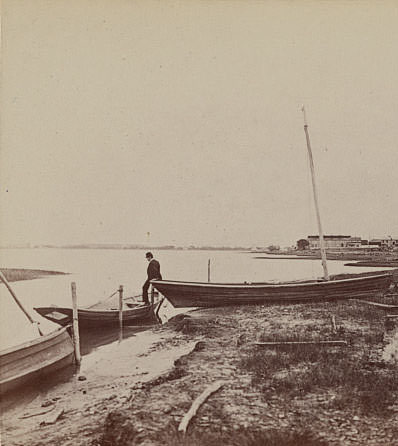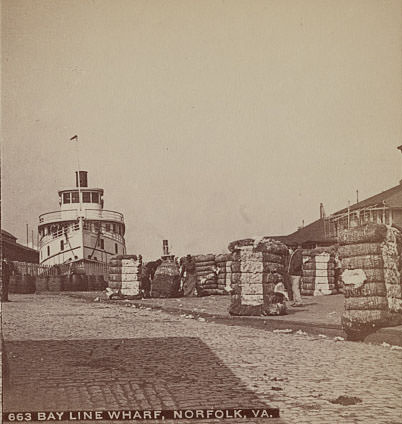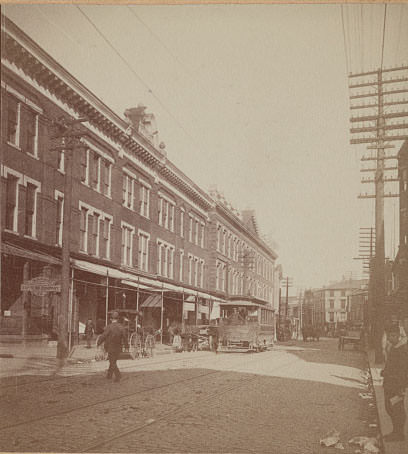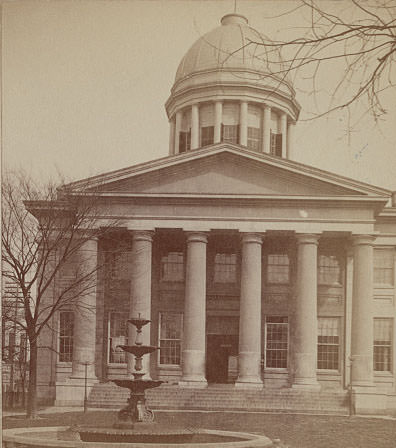At the beginning of the 1860s, Norfolk was a thriving port city and a major center of trade and commerce. Its economy was heavily dependent on the shipping industry, and it was home to a number of shipyards, warehouses, and other businesses that supported the city’s maritime trade. The city’s population grew rapidly during this time, with many new immigrants arriving to take advantage of the economic opportunities afforded by Norfolk’s thriving port.
In 1861, the American Civil War began, and Norfolk quickly became a major battleground. The city was occupied by Union forces in 1862, and many of its buildings and homes were destroyed during the war. Despite this, the city’s economy continued to grow, and by the end of the war, it had become an important center of shipbuilding and manufacturing.
After the Civil War, Norfolk entered a period of Reconstruction. The city’s economy continued to grow, with new industries such as textiles and tobacco emerging. The population also grew, as many freed slaves settled in the city. By the 1890s, Norfolk had become a bustling, modern city, with a diverse population and a thriving economy.



